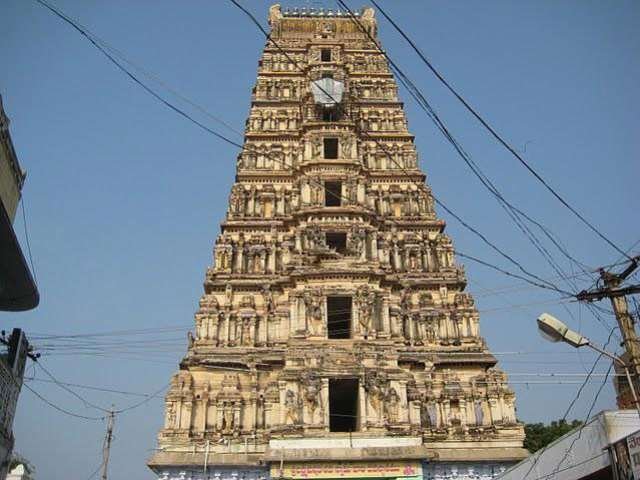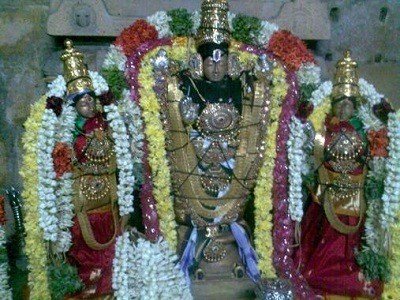The presiding deity in this temple is Sri Maha Vishnu in the divine form of Chennakesava Swamy and is seen with His consort Goddess Sri Mahalakshmi. The Lord is called Kesava because He killed a demon called Kesi.
Shrine’s History
Chennakesava Swamy Temple was built during 1405-1459 AD, the period of Vijayanagar rulers. The temple has magnificent gopurams. The first storey of the temple was built during the Krishnadeva Rayas reign, while the other storeys were added in 1837. The walls of Sri Chenna Kesava Swamy Temple were constructed in 1425 AD and have 18 inscriptions. These inscriptions give an account of culture and lives of people during the reign of Krishnadeva Raya. It is said the king gave away 355.14 acres to 14 surrounding villages just so that the people of villages would look after the temple.


Architectural Relevance of This Shrine
Chenna Kesava Swamy temple has a huge Galigopuram which stands 135 ft tall. It can be seen from 5 km away. It is an imposing and amazingly magnificent sight. The temple has a 40-pillared Mandapam with the mystic carving of the Lord Sri Krishna, Lord Anjaneya, Lord Vighneswara and Goddess Sri Maha Lakshmi along with their Vahanas. The wonderful Kalyana Mandapam of the temple has 6 musical pillars that create 7 musical notes in its correct “Aaroha” and “Avaroha” when tapped gently with the fingers.
By Road
Buses are available from all places in Andhra Pradesh and Telangana to reach Sri Chenna Kesava Swamy Temple in Markapuram, Prakasam District of AP
By Rail
The Nearest railway station is Markapur Railway Station, which is 5.4 km away from the temple.
By Air
The Nearest airport is Donakonda Airport, which is 32 km away from the temple. Travel Buses and taxis are available to access the temple at Markapur.
Shrine Timings
6.00 am to 8.30 pm.
Extra Information About this Shrine
Sun Rays falling at the Lords Feet: The astounding feature of this temple is every year from 16th December to 14th January every morning the suns rays enter the sanctum sanctorum through specially placed windows and fall at the feet of the Deity. This is an incredible architectural wonder that speaks volumes of the expertise of the artisans of Vijayanagar Dynasty. This causes the deitys feet to glow for 20 minutes every day, during which devotees throng to the temple to catch a glimpse of this spectacular vision.













































